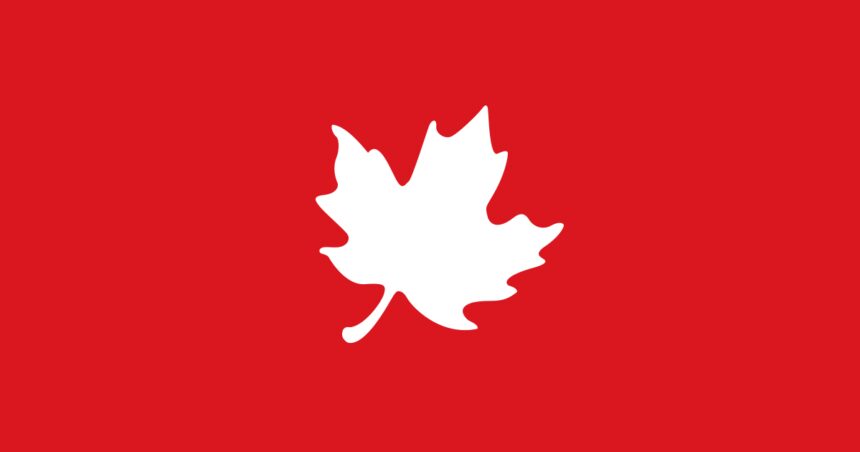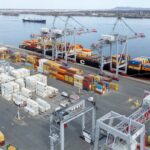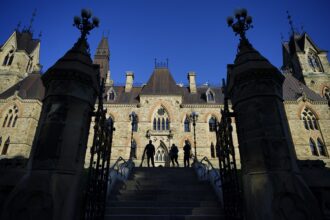The whispers of historic defence spending have grown to a roar. Last week, Prime Minister Justin Trudeau and Defence Minister Bill Blair unveiled a bold vision for Canadian military investment—promising to increase defence spending to 1.76 percent of GDP by 2030, approaching NATO’s desired 2 percent threshold. The announcement projects an air of decisive action and national security determination, but beneath the rhetoric lies a troubling absence: who, exactly, will foot this multi-billion-dollar bill?
Standing before cameras at CFB Trenton, our political leaders outlined ambitious plans to strengthen Canada’s Arctic sovereignty, modernize NORAD, and acquire new weaponry. What they carefully sidestepped was the economic calculus—the hard numbers and difficult choices that inevitably accompany such massive fiscal commitments. This omission isn’t merely an oversight; it’s emblematic of a concerning pattern in how we approach national defence.
Canada’s military spending has long been a point of international contention. Our NATO allies, particularly the United States, have criticized our reluctance to meet the alliance’s 2 percent spending target. The new strategy appears designed to silence these critics while asserting Canada’s commitment to collective security. But announcing expenditures without clarifying their economic impact is like planning an elaborate renovation without checking your bank account—appealing in theory, potentially disastrous in practice.
The numbers themselves are staggering. Current projections suggest this strategy will require an additional $73 billion over seven years, increasing annual defence spending from approximately $30 billion to $54.1 billion by 2030. For perspective, that’s roughly equivalent to what we currently spend on healthcare transfers to provinces. This isn’t pocket change—it’s a fundamental reorientation of national priorities.
What makes this announcement particularly troubling is its timing. Canada faces significant economic headwinds: stubborn inflation, a housing crisis, and growing social service demands. Our national debt has ballooned post-pandemic, and interest payments alone consume an increasingly uncomfortable portion of federal revenues. Against this backdrop, committing to massive defence increases without articulating how they’ll be funded seems like fiscal sleight of hand.
The government faces three options, none particularly palatable. First, they could raise taxes—a politically hazardous move in today’s economic climate. Second, they might divert funding from other priorities like healthcare, education, or climate initiatives—equally controversial. Third, they could simply add to the national debt, passing the cost to future generations. The silence on which path they’ll choose speaks volumes.
This isn’t to suggest Canada shouldn’t invest in defence. Our world grows increasingly unstable, with Russia’s aggression in Ukraine, China’s territorial ambitions, and emerging threats in the cyber domain. A credible military deterrent remains essential. However, honest conversations about tradeoffs must accompany these investments. Security doesn’t exist in a vacuum—it’s intimately connected to economic stability and social cohesion.
The historical context matters too. Canada has previously made significant defence commitments only to walk them back when economic realities intervened. The 1987 White Paper promised a dramatic military expansion that never fully materialized once budget constraints hit. More recently, Harper-era defence procurement plans were repeatedly delayed or scaled back. Given this pattern, skepticism about the current announcement’s long-term viability seems warranted.
What’s perhaps most concerning is how this approach undermines democratic accountability. Major spending decisions should involve transparent discussions about costs and benefits, enabling citizens to evaluate tradeoffs and express their priorities. By announcing sweeping commitments without economic details, the government effectively removes this vital conversation from public discourse.
The international context offers instructive contrasts. Countries like Norway and Denmark have maintained robust defence spending while preserving strong social safety nets—but they’ve done so through transparent fiscal frameworks and honest conversations about taxation. Their citizens understand what they’re paying for and why. Canada deserves no less.
As we navigate this defence pivot, we must demand greater transparency about its economic implications. Who will shoulder the burden? Which programs might face cuts? How much additional debt will we accumulate? These aren’t peripheral questions—they’re central to evaluating whether the strategy truly serves the national interest.
In the coming months, watch closely for what remains unsaid in defence announcements. The most important details often lie not in what political leaders proudly proclaim, but in what they carefully avoid mentioning. Until the economic calculus becomes clear, Canada’s historic defence strategy remains incomplete at best, potentially irresponsible at worst.
As citizens, we deserve a comprehensive national security approach that addresses both external threats and fiscal sustainability. After all, what good is military readiness if it comes at the cost of economic stability? The question isn’t whether Canada should strengthen its defence—it’s whether we’re prepared for an honest conversation about who pays the bill, and what we’re willing to sacrifice to make it happen.
For more analysis on Canadian policy decisions, visit CO24 Opinions and explore our broader cultural commentary at CO24 Culture.











